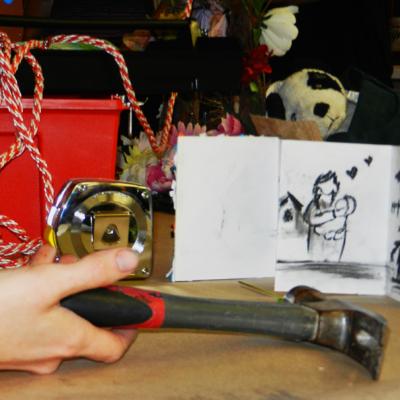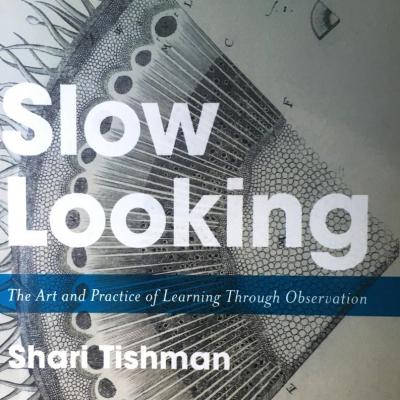这个思考模式通过让学生慢慢、细心地观察物件和系统中的细节,鼓励他们不止观察物件的表面特征,更重要的是了解其内部运作。

这个思考模式通过让学生慢慢、细心地观察物件和系统中的细节,鼓励他们不止观察物件的表面特征,更重要的是了解其内部运作。

This routine encourages learners to slow down and look closely at a system. It helps them notice that there are different people who participate in the system and that they participate in different ways. It also encourages students to explore how one change in a system can impact the rest of the system. This thinking routine can help foster curiosity as children notice details, ask questions, make connections, and identify topics for future inquiry. It also helps children practice systems thinking.

Thi Bui teaches art and multimedia at Oakland International High School, a public high school for immigrants students’ where command of the English language is one of the last things to be taken for granted.

Oakland Learning Community Tatum Omari’s builds on her experience with system redesign to hack her daughter’s soccer gear.

Oakland Learning Community member Ilya Pratt describes her experiences working with the concept of “Maker Empowerment” at a recent Agency by Design workshop in Oakland, CA.

The practice of mapping allows learners to build and demonstrate their understanding of the parts, people, and interactions that comprise a given system.

Slow Looking provides a robust argument for the importance of slow looking in learning environments both general and specialized, formal and informal, and its connection to major concepts in teaching, learning, and knowledge. A museum-originated practice increasingly seen as holding wide educational benefits, slow looking contends that patient, immersive attention to content can produce active cognitive opportunities for meaning-making and critical thinking that may not be possible though high-speed means of information delivery. Addressing the multi-disciplinary applications of this purposeful behavioral practice, this book draws examples from the visual arts, literature, science, and everyday life, using original, real-world scenarios to illustrate the complexities and rewards of slow looking.

A protocol for looking closely at content, considering perspectives and representation, and then redesigning or reimagining that content from one's own perspective. Try out the accompanying Learner Workbook!

This routine first encourages divergent thinking, as learners think of new possibilities for an object or system, and then encourages convergent thinking, as learners decide upon an effective approach to build, tinker, re/design, or hack an object or a system.